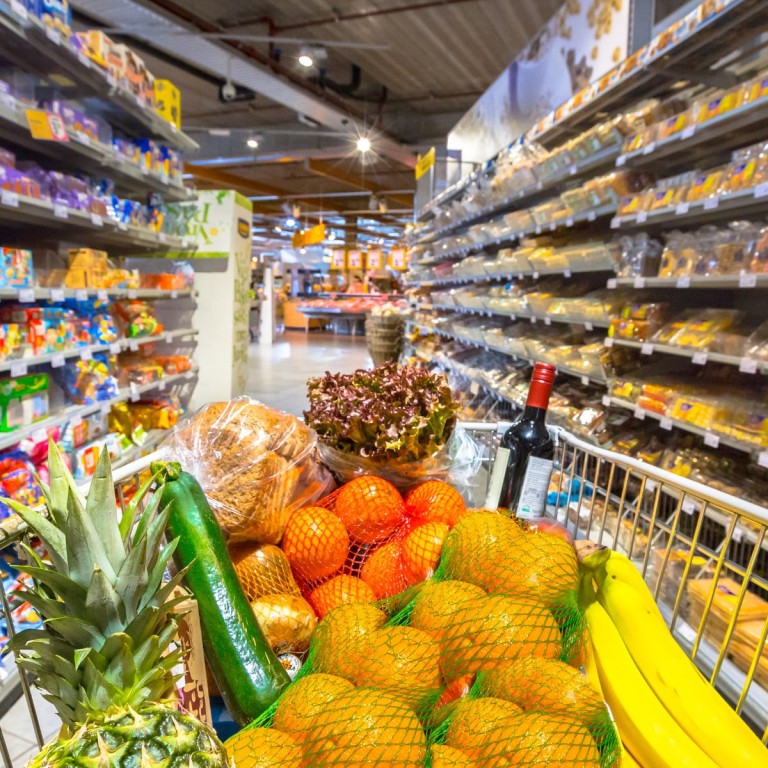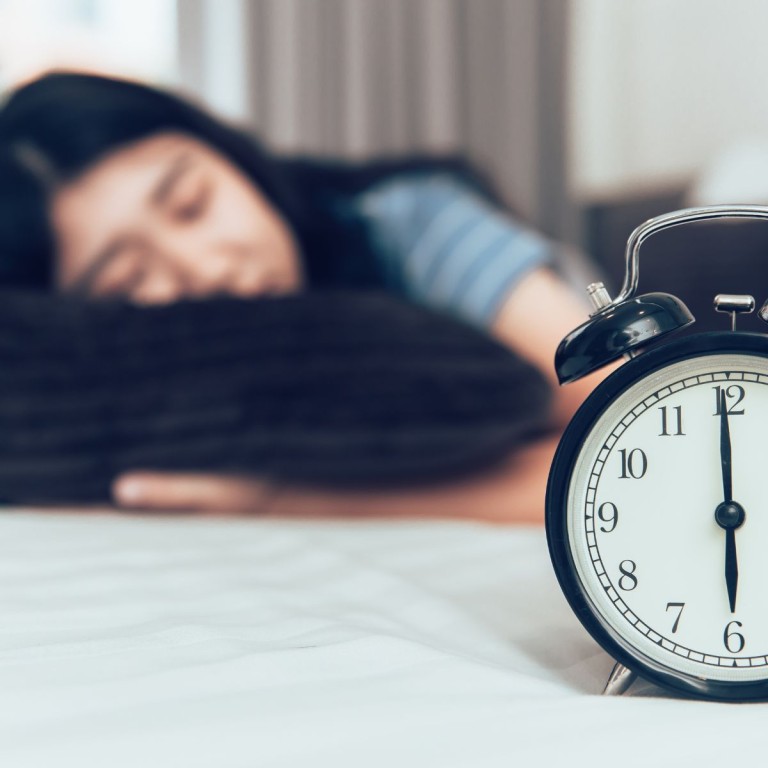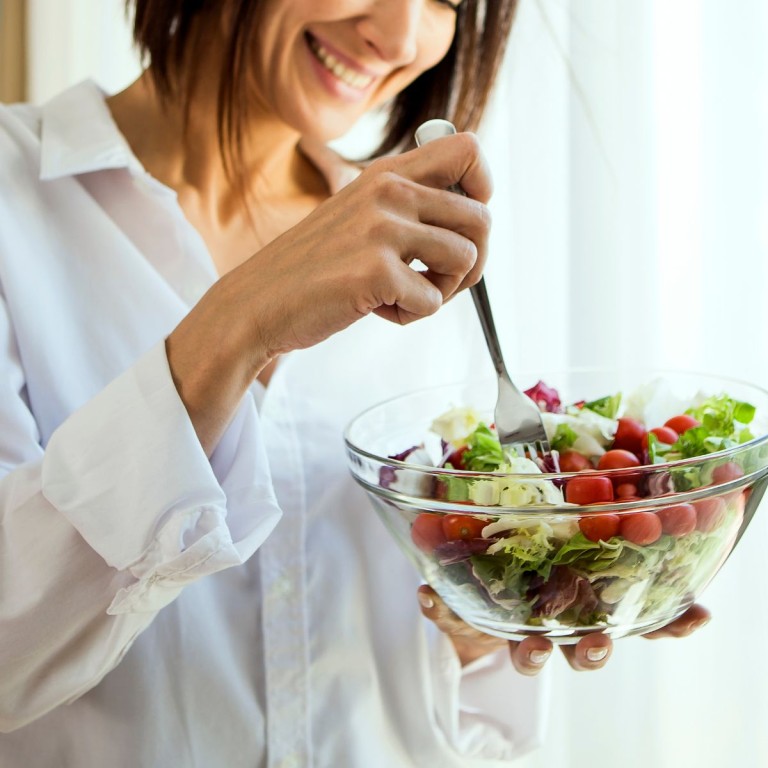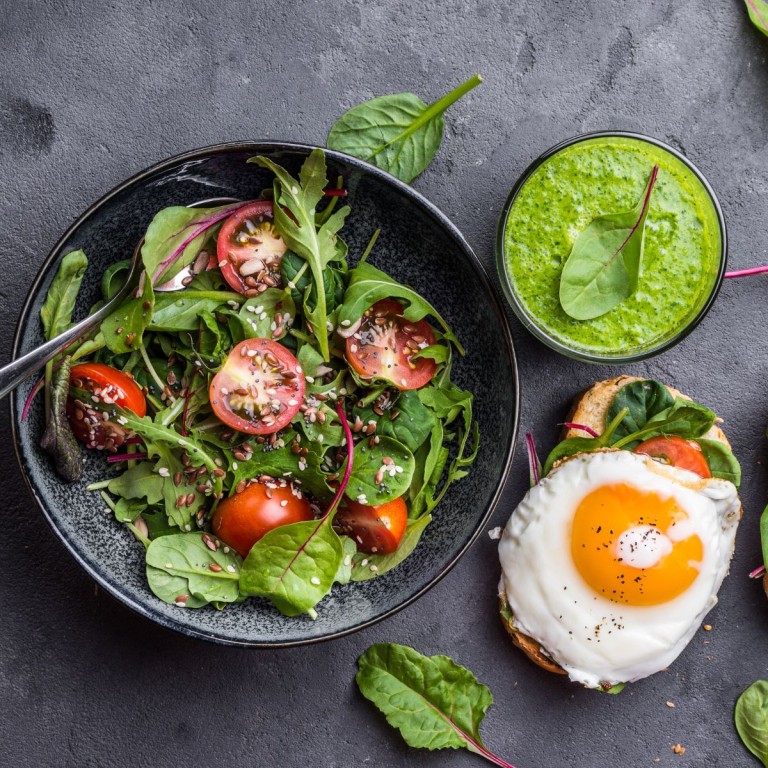Dos and Don’ts for Tracking Food
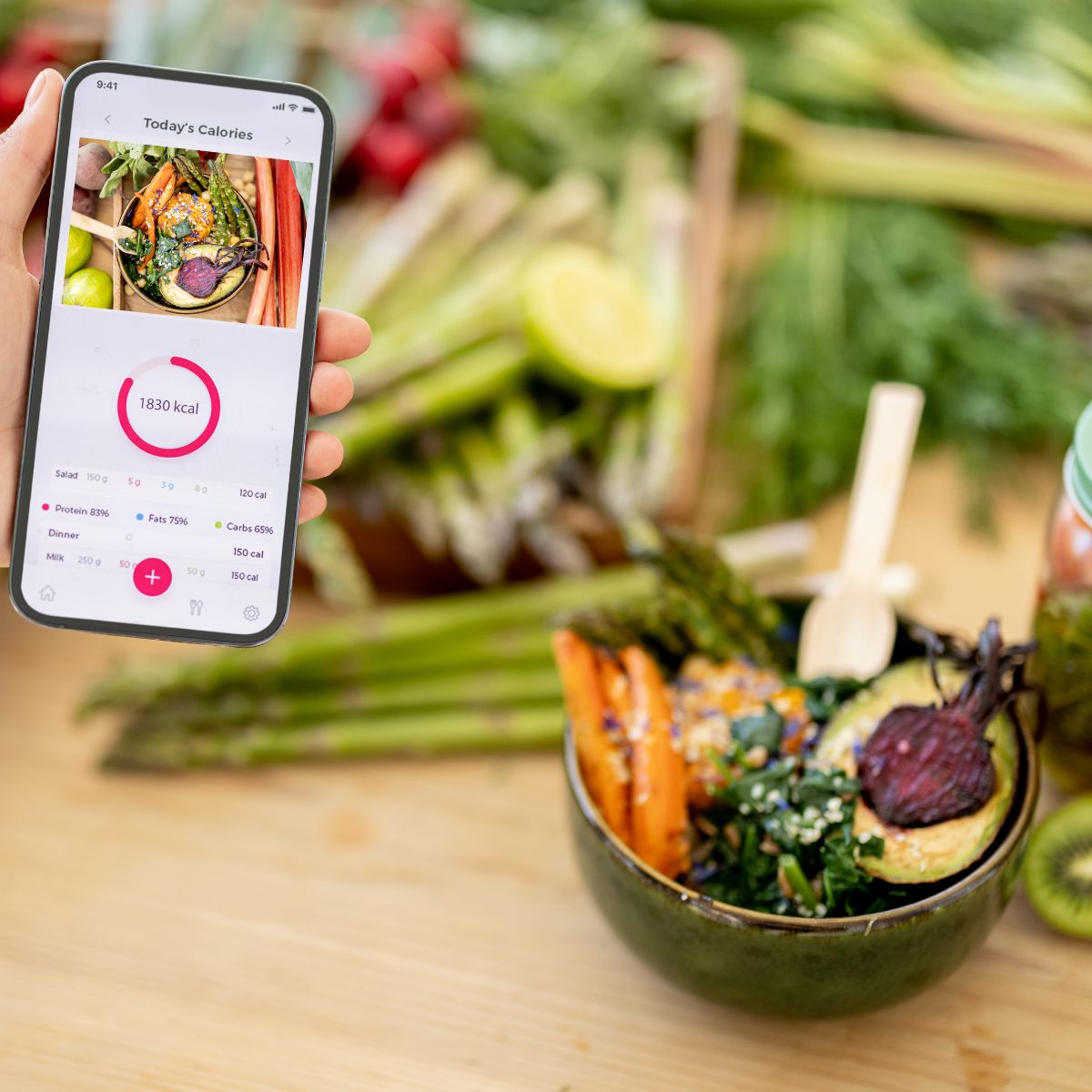
How I Approach Tracking Food in a Healthy Way.
My husband recently had a blood pressure scare, and jokingly remarked that he didn’t have high blood pressure until he went to the doctor. The point obviously is that ignorance can be bliss… until it’s not. I look at tracking food the same way. Before I really started eating healthier, I honestly thought that I was generally doing okay in that area. I just didn’t feel good most of the time, and I couldn’t figure out why. It wasn’t until I took a good look at what I was actually putting into my body, that I realized I needed to add more of the truly good stuff. In other words, more green and brightly colored vegetables and fewer simple carbs with not much nutritional value.
I don’t think that we necessarily need to get a report on everything that we eat or its nutritional value, but it is good to have a realistic, general idea of that information. That’s why I want to share with you the dos and don’ts for tracking food and how I approach it in a healthy way.
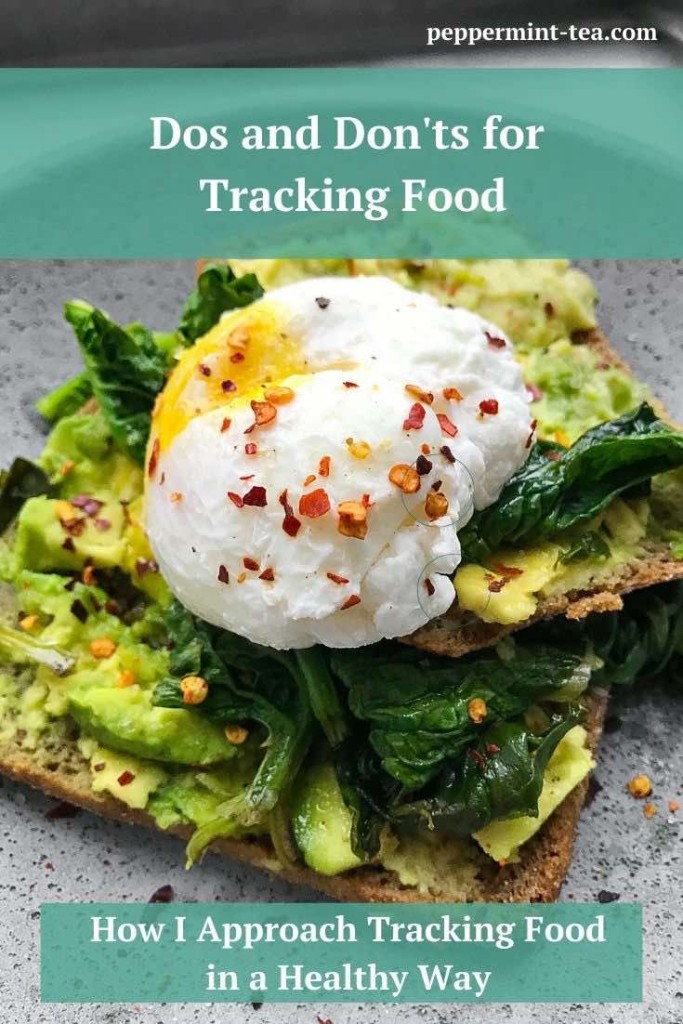
What is Meant by Tracking Food?
Whether you call it tracking food or keeping a food diary, the concept is the same. It’s where you keep a detailed account of what you eat, when you eat and ideally, how you feel when you eat. It can be done as simply as using pen and paper or by going high-tech with an app. I strongly recommend an app (see my recommendations below) because they’re extremely easy to use, and they give you so much nutrition information – for free!
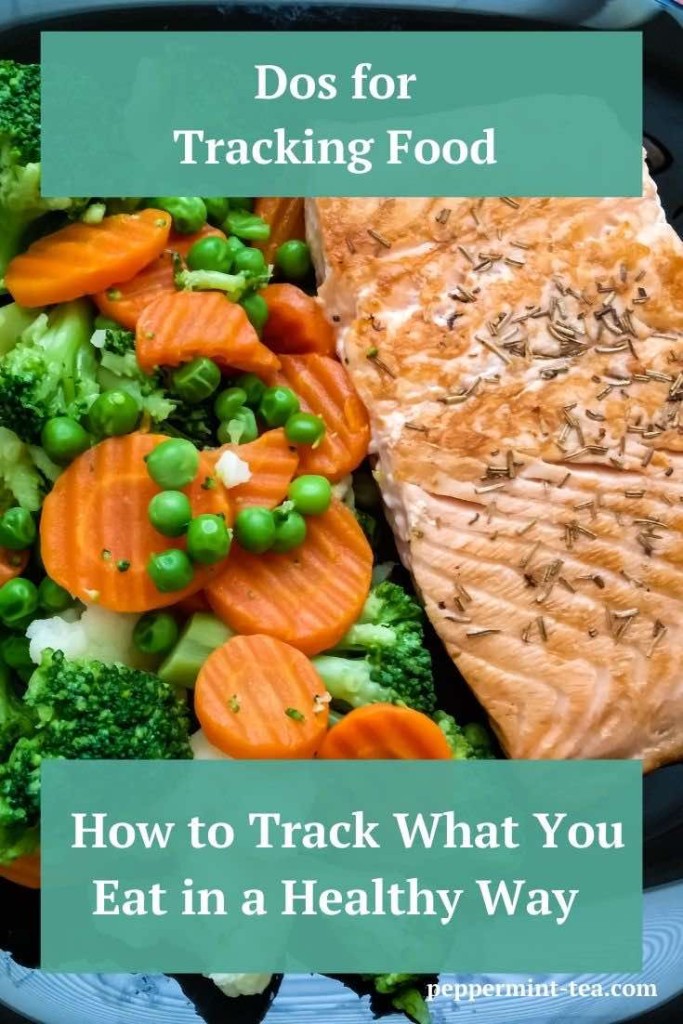
Dos
If you’re trying to determine whether tracking food is right for you, here are a few positive ways to approach it.
- Do track food if you want or need to lose weight and can’t figure out why you’re not. According to this article in the Harvard Health Blog, a food diary “can help you understand your eating habits and patterns and help you identify the foods – good and not-so-good – you eat on a regular basis.” This goes back to my husband’s blood pressure. While he knew it probably wasn’t perfect, he didn’t think it was that bad. Until he had the data to show him otherwise. Thinking that a small cookie a day filled with refined sugar couldn’t possibly add that many calories is one thing. Seeing the number of calories and simple carbs it actually adds each week is quite another.
- Do track food if you’re feeling low on energy or simply aren’t feeling as healthy as you want to and you can’t figure out why. This helps you to determine what the nutritional value is in the food that you’re eating. If you aren’t getting enough protein, if you’re getting too much saturated fat or if you’re not getting enough fiber, you’re simply not going to feel your best.
- Do track food to get a gauge of the general nutrition value in what you’re eating. This includes both macro- and micronutrients. Macronutrients are the nutrients that you use the most of such carbohydrates, fat and protein. Micronutrients include vitamins and minerals. Tracking these when you’re feeling perfectly fine is a good way to understand what levels work well for you. Then, if you’re ever not feeling that way, you’ll know which nutrients may have gotten off balance.
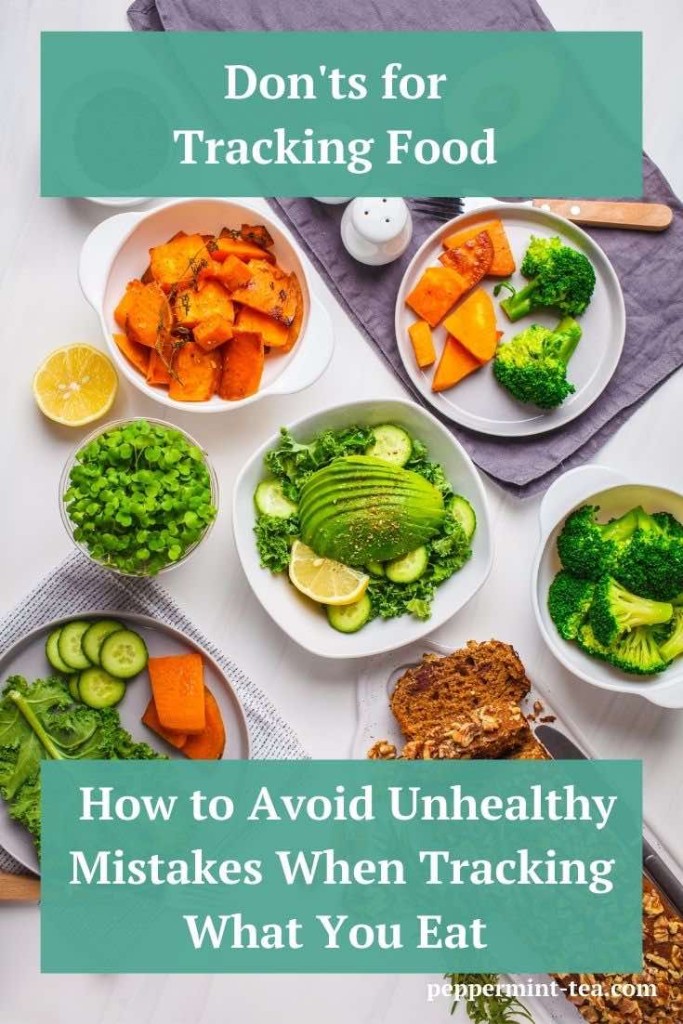
Don’ts
On the flip side of those reasons, there are a couple of things that you don’t want to do when you’re tracking food.
- Don’t track food for more than a month. Unless there is a doctor recommended reason for doing it longer, tracking your food for more than a month simply isn’t practical. More than likely, you’re not going to keep up with it. Even if you do manage to track it every day, you’re probably not going to look back at it so that it does you any good. You should have a pretty clear idea of what you eat and how you eat after a couple of weeks to a month, so there’s no need in adding anything else long term to your already full list of things to do. If you ever eat something that’s vastly different that you want to add to your diet on a regular basis, you can always look it up on a tracking app on a case-by-case basis to see how it fits in.
- Don’t obsess over tracking food. Do not let tracking food take over your life. Unless there is a true health reason for why you need to keep constant track of certain nutrients, use tracking as a way to get a general idea of how you’re eating and then move on.
Resources
Here are the two apps for tracking food that I highly recommend.
- Myfitnesspal – The basic free version of this app is all that I have ever used. It has plenty of functionality and is easy to navigate.
Pro: It groups the food you enter with the appropriate meal or snack. That way, you can keep up with when you’re eating what. It also provides a space for notes, which gives you a place to reflect not only on what you’re eating but why you’re eating it.
Con: It only tracks macronutrients.
- Cronometer – The free version of this app is so helpful; I can’t imagine what is included in the paid versions. Since I’ve become much more interested in my micronutrients, this is the one I use when I track my food.
Pro: It tracks micro- and macronutrients all in the free version. It also provides a space for notes.
Con: It lets you timestamp your entries, but it doesn’t group your foods according to meals or snacks.
Bottom Line on Tracking Food
The bottom line on tracking food is that it’s about bringing awareness to your eating habits. This is huge when it comes to making lifestyle changes that will stick – especially if you’re stuck or are unsure of where to start. If you’ve never tracked your food before, I suggest starting with one of the apps recommended above. Be sure and keep notes about what you’re feeling as you eat and how you feel afterward. Once you’re able to get a true picture of how you eat and how food makes you feel, you’ll be well on your way to making lasting change.

